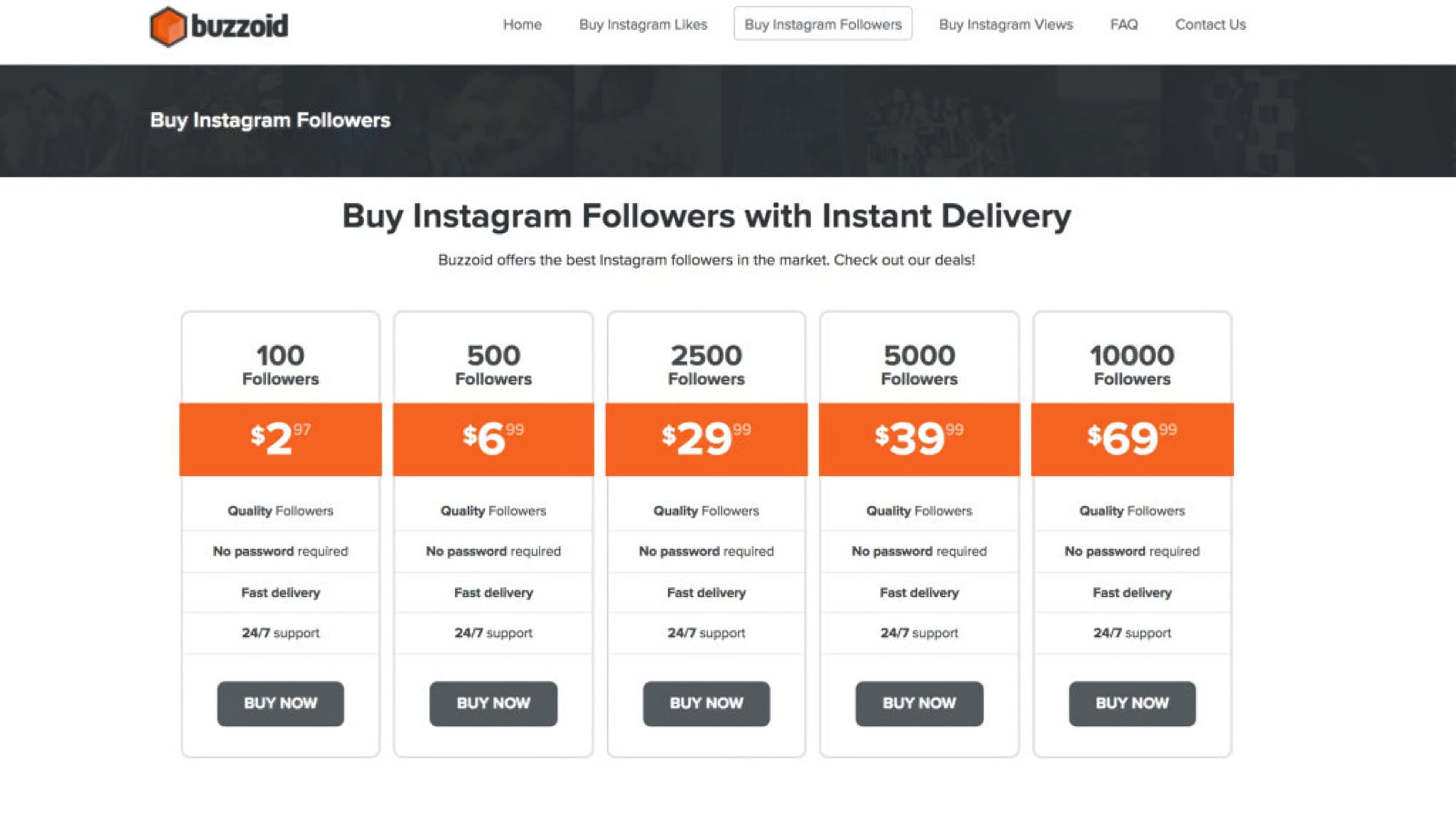
One Man & His Blog’s top 10 posts of 2022
2022 was all about two stories: the rise of newsletters and the fall of social media. Here's how that played out on my site.
Today’s my first day back at my desk after an extended Christmas break with the family. And the first thing I like to do in the new year is… look back at the old one.
2022 was a pretty good one for this venerable blog. Traffic and subscribers both up, and certainly disproportionally so, given the effort I’ve been able to put in. The real surprise is how many of the posts in the top 10 are from this year. Traditionally, my top traffic posts have tended to be evergreen posts from previous years – but in 2022 I’ve apparently caught the Zeitgeist a little more.
Maybe it shouldn't be a surprise: the two big stories that dominate the top posts are on some of my areas of professional expertise: newsletters and social media. And it’s been very busy years for both of them.
Enough waffle. Let’s look at the 10 posts that got the most traffic last year, in reverse order:
10: Elon Musk acquires Twitter: translating the press release
April 2022
Pleased to see this in the top 10: I love doing this sort of thing. Picking apart a press release to uncover the issues glossed over or what the issuer is really saying feels both fun and worthwhile. And you lovely readers clearly agreed.

9: Facebook’s long, slow breakup with journalism is underway
July 2022
I’m vaguely surprised that this isn’t higher. It was very well-shared in journalism circles – but that’s a good reminder to me that my wider “creator economy” readership is probably now much bigger than my traditional journalism one. That’s something I need to spend some time thinking about in 2023.

8: Social media isn’t dead — it’s regenerating
November 2022
As if to prove the point that I just made, this more general piece trying to counter the media narrative that social media is dead did significantly better than the Facebook/Journalism one. For nearly 20 years (yes, 2023 will see the 20th anniversary of this site, terrifyingly) I’ve always tried to bring outside context to the business of journalism, rather than getting caught in the ever-growing navel-gazing that many metamedia sites get lost in. I’m really going to focus on that in 2023.
(I also enjoyed the almost Belam-esque gratuitous Doctor Who reference here.)

7: Websites rising from the ashes
October 2022
This is a wee bit of a mystery: shedloads of traffic, but from “dark” sources, ones that analytics packages can’t track. Best guess? It’s something to do with the fact that, amongst other things, this post talks about the ultimately fruitless attempt to bring down Kiwifarms, and the lack of follow-up from the journalists who covered it.

6: Substack’s hard yards: building a business when the cash dries up
August 2022
Substack has been a PR juggernaut for the past few years, so when it suddenly starts making less positive moves, and not talking about them? Well, that’s news to me – and to a chunk of readers, too. Incidentally, they’ve turned off double opt-in for email subscriptions quite over Christmas. That’s great for goosing subscriber numbers upwards, but terrible for filling your lists with spam subscribers. It took me ages to clean my member list of spammy subscribers from the period when my sign-ups didn’t have double opt-in.
Tsk.


5: Life in the Instagram engagement farming mines
July 2017
A lovely piece of accidental evergreen content from five years ago. Turns out that people are finally wising up to the bullshit that is much “influencer content” on the ‘gram.
Subscribe to me to be five years ahead of the curve, folks.

4: The future of newsletters
May 2022
A set of live-blogged notes from the Newsrewired session on the future of email. Some good, useful content in here — and a real sign of how important newsletters have become over the past few years. Look how many newsletter-related posts are in this top 10.

3: What today’s Twitter layoffs could mean for journalists
November 2022
Ugh. I don’t like revisiting this. Several friends and former students lost their jobs in Twitter’s Musk-driven mass cull of staff. It makes me a combination of angry and mournful just thinking about it. I tried to put the horrible news in some form of context, and think I succeeded, mainly by being measured. Many of the “Twitter will go down in flames” apocalyptic predictions have proven to be rather over-heated in the time since, although there are clearly signs of problems around the technical edges of the platform.
But yes, a grim week.

2: Mastodon servers for journalists
November 2022
As Twitter suddenly became a new, Muskian beast overnight, journalists started seeking alternatives. And the relatively mature open-source competitor Mastodon looked like a good bet. Will that be significant in the long term? Too early to say. There was a period where plenty of people left Facebook for Google+, and look how that turned out.
That said, it could well be that the Twitter exodus gave Mastodon enough users that the network effect will start kicking in. Expect more from me on Mastodon in the coming weeks.
The irony of this one is that I’m increasingly of the opinion that Mastodon servers that are specifically for journalists are an awful idea. I should get around to writing the piece that explains why…

1: Substack’s app: building the VC moat
March 2022
I’m slightly surprised that this piece topped the traffic chart for the year. I stand by it completely — Substack is clearly moving away from open platforms (web/newsletters) to closed (its own app and chat features). And that’s creating the sort of “moat” (barrier to people leaving) that VC-backed companies love.
Nearly half the traffic to this one is “dark” as well; from untraceable sources. I’m guessing that it got passed around a fair bit in chat apps, but that’s inevitably just a guess.

Well, that was 2022. What should I be writing about in 2023?
Let me know your thoughts.
Sign up for e-mail updates
Join the newsletter to receive the latest posts in your inbox.











